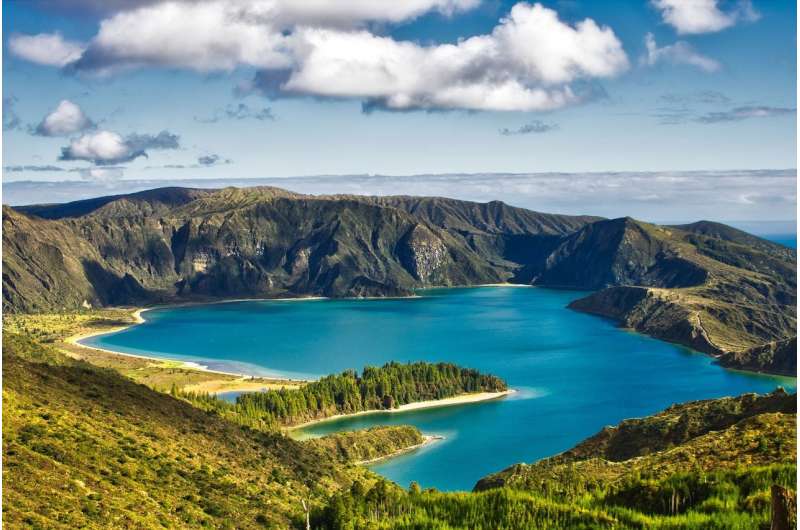Mapping global biodiversity change

A new study, published in Science, which focuses on mapping biodiversity change in marine and land ecosystems shows that loss of biodiversity is most prevalent in the tropic, with changes in marine ecosystems outpacing those on land. The research, led by scientists from the University of St Andrews, in collaboration with leading universities across Europe, the USA and Canada, including McGill, aimed at reaching a consensus about variation in biodiversity change. It found that there were both negative and positive changes in ecosystems across the world and that although on average the numbers of species that live in each place are not changing, many regions were either gaining or losing species.
A longitudinal look at changes in biodiversity
The international team of scientists examined longitudinal variation in species richness and composition by piecing together and mapping over 50,000 biodiversity time series from studies across the planet using the biodiversity database BioTIME, hosted at the University of St Andrews, to establish clear geographic variation in biodiversity change.
Scientists were then able to dissect variation in biodiversity trends to identify the places and types of organisms that are changing most rapidly. Detecting geographic variation in biodiversity trends will not only improve understanding of how global biodiversity is changing but also inform conservation priorities by identifying which regions to protect and which regions to help recover.
Biodiversity recovery as well as loss
Lead researcher Dr. Maria Dornelas, from the School of Biology at the University of St Andrews, said: "Our study shows biodiversity is changing everywhere, but we are not losing biodiversity everywhere. Some places are recovering and adapting.
"When biodiversity is in the news these days, it is often because the Amazon is on fire, or there is a global mass mortality event in coral reefs, and rightly so, because these are terrifying news. However, there is a lot of recovery also taking place silently in the background, and many places where not much is happening. Our study puts these things on the map and shows they are not contradictory.
"We knew that biodiversity is affected by many different human actions, with different timings and effects, but we didn't have a clear understanding of what were the net effects of these actions across the planet."
Geographical variation in changes in biodiversity
"Our study shows how biodiversity change varies geographically. The species that make up local assemblages are changing everywhere, but these changes are happening faster in marine compared to terrestrial assemblages," said Shane Blowes, the first author from the German Centre for Integrative Biodiversity Research (iDiv).
Sarah Supp, from Denison University in Ohio and joint first author of the paper, added: "Biodiversity change is complex to understand because it can be measured in many different ways, including the number of unique species, and the identities of those species. Our study shows that while some locations have experienced decreases in the numbers of species, others show increases or little change at all. More consistently, however, the identities of species appear to be changing at nearly all sites—this kind of change is critical to planning conservation and management strategies, particularly for sites exhibiting rapid turnover.
"Our study provides an important description of biodiversity change across the planet and highlights the value of monitoring biodiversity through time. Further, it provides motivation to increase our data sharing and establishing new long-term field sites to include greater geographic coverage—for example, more tropical and freshwater systems."
McGill researcher and coauthor Dr. Andrew Gonzalez concluded: "the Earth is going through a great geographic reorganization of its biodiversity in response to human activities and climate change. Given what we know it is likely this will continue for decades to come".
More information: S.A. Blowes el al., "The geography of biodiversity change in marine and terrestrial assemblages," Science (2019). science.sciencemag.org/cgi/doi … 1126/science.aaw1620
Journal information: Science
Provided by McGill University


















